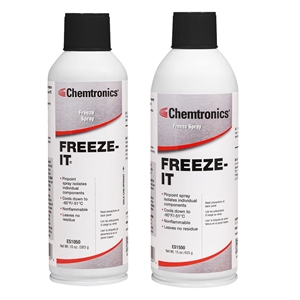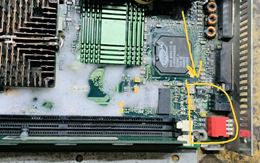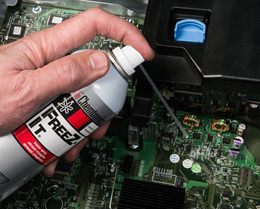Freeze-It Freeze Spray
High-performance, pinpoint-accurate freeze spray
Freeze-It freeze spray is engineered for locating thermal intermittent electrical components and cooling printed circuit boards. This circuit refrigerant system is nonflammable, residue-free and provides fast cooling action.
New improved formula with lower global warming. (click link for more info)
Features & Benefits
- Pinpoint spray isolates individual components without freezing surrounding areas
- Rapidly cools components to -60°F/-51°C
- Non-abrasive, safe for use on plastics and other sensitive surfaces
- Ultra pure, filtered to <0.2 microns
- Nonflammable
- CFC/HCFC free
- Evaporates quickly
- Leaves no residue
Applications
- Cool Equipment for Testing
- Dissipate Heat While Soldering or Desoldering
- Isolate Thermal Intermittent Components
- Test Circuit Traces for Continuity
- Test Printed Circuit Boards for Stress Fractures
- Track Intermittent Failures and Shorts
| TDS | |
| REGS | |
| SDS | |
| Categories |
| Specifications | Fed Spec A-A58060, ARI Standard 700, App.C |
|---|---|
| Call-outs |
Northern Telecom/BNR (ES1050) - 272012 United Airlines (ES1050, ES1550) - GAS3002-1SC |
| NSN | ES1050 - 6850-01-333-1841 |
| Shelf Life | 10 yrs. |
| Shipping Name | Consumer Commodity ORM-D |



